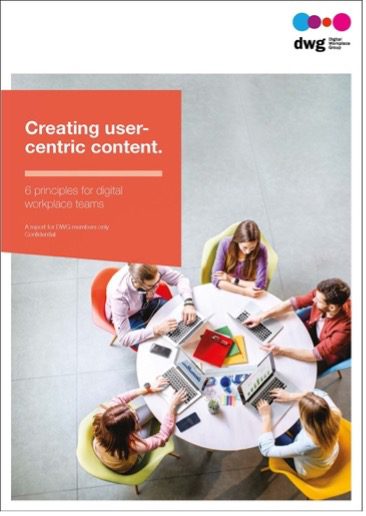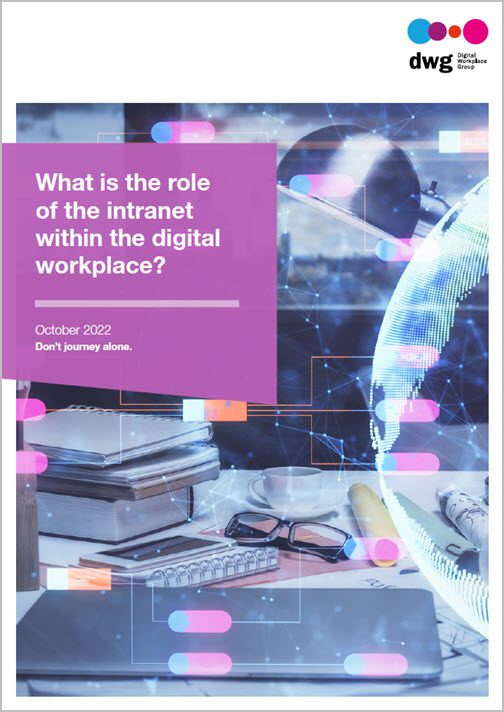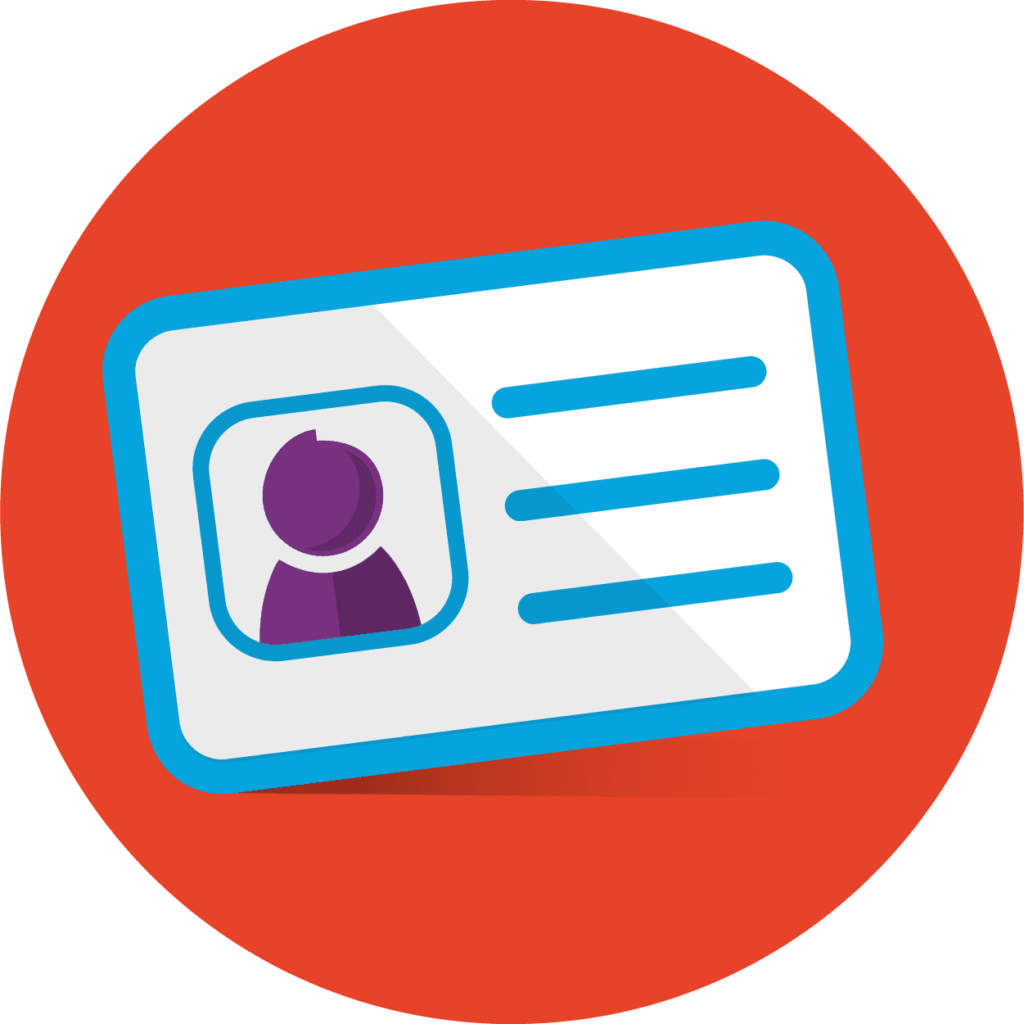How to train publishers and content owners for your SharePoint intranet

An intranet is only as good as its content. You can have a beautiful design, amazing integrations and all the latest bells and whistles, but if your content has no value, is out of date, badly written or hard to find, then your intranet is not a success. Ultimately adoption will suffer.
Most intranets rely on a decentralized publishing model. This means that small central intranet teams are, to a certain extent, reliant on publishers and content owners throughout the business of creating and managing good content. This is particularly true for SharePoint intranets, which tend to be flat in structure and devolved, aligning with Microsoft’s vision for the platform.
When all your publishers are trained internal communications professionals, getting a supply of good-quality content is usually (and hopefully) quite straightforward. However, in most cases, publishers are scattered across different business teams and functions, have not been trained, and have a day job which already keeps them very busy. Intranet content publishing is therefore a sporadic and peripheral activity in their working lives. This means central intranet teams must play an active role in training, supporting and quite possibly cajoling content owners and publishers in creating and managing their intranet content to acceptable standards, with the training aspect particularly important.
In this post we’re going to explore why publisher training is so important for SharePoint intranets and intranets in general, the part it plays in a wider content governance framework, what it likely needs to cover, and how it should be delivered.
Why is publisher training important?
Publisher training is important for the success of a new intranet, which often involves content that is being created from scratch or updated from a legacy intranet, but also after the launch, when content will need to be managed and regularly reviewed.
Robust and targeted publisher training equips content owners with the knowledge to ensure that content will be:
- purposeful and have value for users
- findable, both through search and also within site structures and page layouts
- on brand and consistent with publishing guidelines
- current, accurate and engaging
and also that:
- the intranet will have real value from day one, helping to drive adoption and momentum after launch
- both the intranet and its content will be sustainable and well adopted
- employees will be able to trust the content they are accessing.
Why publisher training is a central tenet of content governance
Intranets rely on governance to run successfully. This can be defined as the set of standards, policies, processes, controls and rules that support strong and sustainable content on your intranet. A governance framework usually involves several measures, including:
- clear roles and responsibilities for publishers, editors, authors and any other content roles, relating to different types of content such as news
- defined and documented publishing standards and related guidelines covering everything from tone of voice to use of images
- publishing templates and layouts within SharePoint or your intranet content management system (CMS) that help enforce your publishing standards and make life easier for publishers
- a standard set of web parts (page components) that can be used – either via SharePoint or within your intranet software – that make up sites and pages
- content lifecycle management measures, usually involving automated reviews and workflow so that content owners and publishers regularly review their content for accuracy and value
- regular expert reviews of a publisher’s sites or pages by the central intranet team, perhaps carried out on an annual basis
- support and training for publishers – a key ingredient that complements all the other elements of governance mentioned above.
Generally, content governance will look different within a project to create a new intranet to after the launch of that intranet. During a new intranet project, the training is likely to be more intense and there may be more central reviews of content; however, with publishers changing all the time due to people leaving and moving, all new publishers will also need to receive training.
Training plays a part in motivating your publishing community too. Done right, it can support, empower and engage publishers to create their content in ways what will help them drive efficiencies in their areas of work, often through providing content that means employees can find answers to questions on a self-service basis. It can also help content owners to get their message across, spread awareness of initiatives and raise the profile of their team.
It is always worth remembering that central intranet teams are ultimately reliant on their publishing community for good content – and a good training setup is an opportunity to get this right.
What should be covered in SharePoint intranet publisher training?
The exact list of elements you need to cover in any training for publishers for your SharePoint (or non-SharePoint) intranet will depend on how you’ve set up that intranet and the relative content management processes. However, it will always need to include more than just how to use the intranet software. Here are some of the elements we’ve typically seen delivered in publisher and content owner training.
Role and expectations
Publishers need clarity about what their role entails, their responsibilities and the expectations of them. It can help to have a role description that is effectively part of the content governance framework and aligned with all the other moving parts. Training might also involve some wider context about the overall objectives of the intranet and an emphasis on the important role the publishing community plays in its success.
How to use SharePoint or your intranet CMS
While we’ve stated that training needs to cover more than just ‘how to’ topics, these are still very important. This might include covering the basics of publishing using SharePoint or your relative intranet software, or potentially both. Assuming that you are using modern SharePoint, the publishing experience is relatively consistent once publishers get used to it.
Templates and web parts
Within your intranet you may have set up different site and page templates that either must be used or are preferably used. Within these there will be various web parts, some of which may be locked down for publishers, although the latter is more likely if you’re using intranet software alongside SharePoint. A walk through the different templates and the main web parts available will probably form part of your training and may also be referenced as a self-serve guide.
The purpose of content
In my experience, focusing on the purpose of content so that is has real value for users is an area that can get overlooked in publisher training – and yet this is fundamental. All too often, reference content is created that has little purpose. Covering this in training can help to ensure that content on your intranet will be really useful.
Writing for the web and mobile
Writing for the web is different to writing a document. Covering aspects of writing for the web that reference how users interact with content on a browser tends to be a staple of intranet publisher training and is important. Training should also cover writing for mobile, particularly if you have a frontline workforce that will be predominantly accessing the intranet through mobile devices.
Structure and layout
How to structure content and tips around layout are good areas to cover and are sometimes included in ‘Writing for the Web’. Here, concepts such as the ‘inverted pyramid’, how to structure a story and the use of headings are all useful elements. To a certain extent, templates will do some of the heavy lifting as regards page layout.
Making content findable
Ensuring that content is findable is another key area, covering everything from writing sensible titles, to adding the right tags and driving internal SEO. There is some overlap here with structure and layout, which can help to ensure that a person can quickly find the information they need within a page.
Making content accessible and inclusive
Just because SharePoint or your intranet software supports accessibility, it doesn’t mean your content is accessible. Publisher training must cover everything from basic awareness of accessibility, to adding alt text and colour contrasts. Making your content more inclusive, with the right language, is another growing area of focus.
Brand and other content standards
You’re likely to have brand and publishing standards that content must meet, covering elements like tone of voice, use of logos and details such as the formatting of numbers. This is usually another staple of publisher training but is dependent on how strictly you enforce it.
Use of images
Imagery is very important for intranets, so publisher training should cover their correct and optimal use.
Keeping content sustainable
Keeping content up to date is a priority and a key responsibility of publishers, so there is often an emphasis on keeping content sustainable. This should cover elements such as automated reviews, if you have these in place.
Other do’s and don’ts
Publisher training often includes a wide range of other good practices as well as things to avoid – for example, keeping content short, avoiding the use of PDFs, etc.
Content migration and go-live process
Of course, if you are training publishers for a new intranet project, you are also likely to be referencing the content migration, review and go-live processes for the new intranet.
How should training and support be delivered?
There are several different ways to deliver publisher training and support:
Focused publisher training sessions
Publisher training in large organizations is usually delivered virtually using Microsoft Teams, Zoom or similar, with the recording then provided as a self-serve resource. In global organizations, it may be necessary to hold different sessions to cover various time zones. These might be themed with, for example, an introductory basic session, followed by a more advanced session. There then might be even more specific sessions around, for example, using imagery, which could be optional. For new publishers, the basic training might be a prerequisite for obtaining the log-in details.
Self-service resources
Self-service resources are also important and will involve recordings of sessions, how-to-guides, FAQs, publishing standards, and more. For SharePoint and other intranet software, there will be vendor resources to use, link to or embed, which can be very useful.
Drop-in sessions
Having a drop-in session or publishers’ clinic where the intranet team are on hand to answer questions is another good tactic for delivering training and support. This can work really well during an intranet project in particular and can avoid the need for too many one-on-one sessions, which can be difficult to deliver for small central teams.
An online support community
An online publishing community works very well using Yammer/Viva Engage, and these can be embedded within a SharePoint page. This has proved to be a good forum for publishers to ask and answer questions, as well as to swap tips and tricks.
Sandbox area
This is not possible for everybody, but having a sandbox where new publishers can experiment and try things out without interfering with the live environment can be a great way to support and train publishers.
Engagement activity
Training is important, but it’s also imperative to keep your publisher community engaged, so recognition for great efforts, badging and even social events all help.
Focusing on publisher training, support and engagement
A successful intranet relies on great content – and great content relies on your devolved publishers. These devolved publishers rely on central intranet teams to train and support them. So, focusing on ongoing publisher training, support and engagement is a central part of intranet governance and arguably the most important factor in maintaining good content. We hope this post has provided you with some pointers to support your own publisher training.
Good luck!
Related resources
Creating user-centric content
Download the free report excerpt
What is the role of the intranet within the digital workplace?
Download the free white paper
Digital workplace content strategy
Download the free report excerpt
Talk to us about…
Categorised in: → SharePoint, Content management, Intranets




